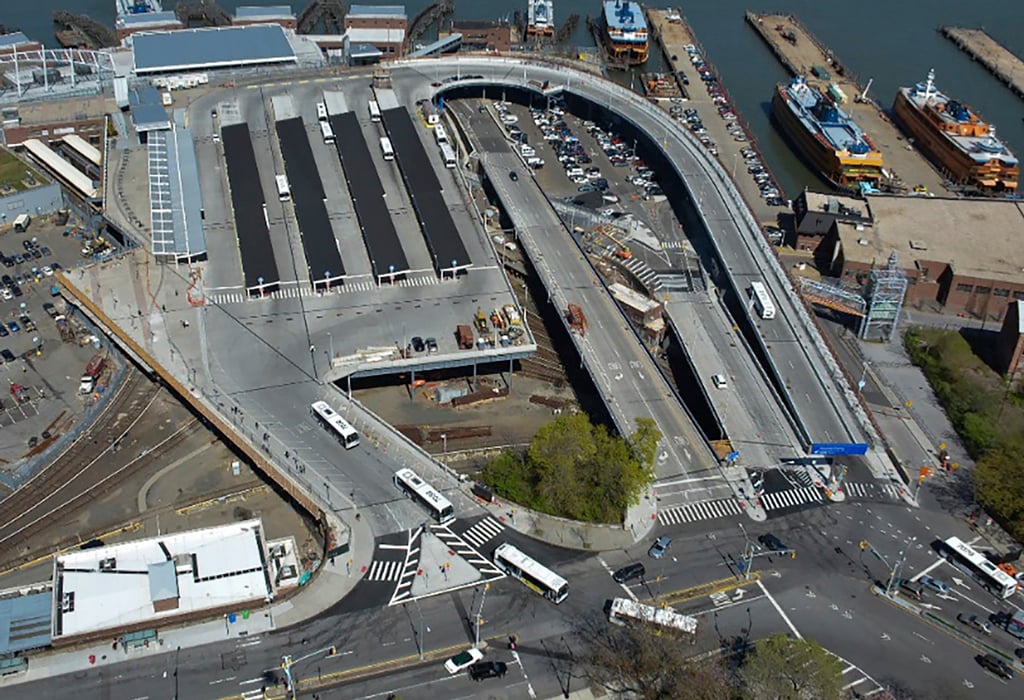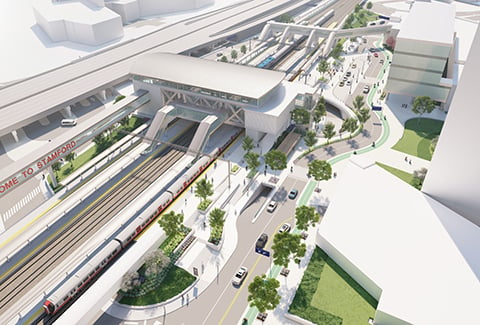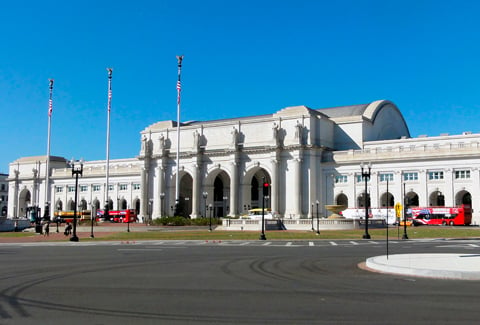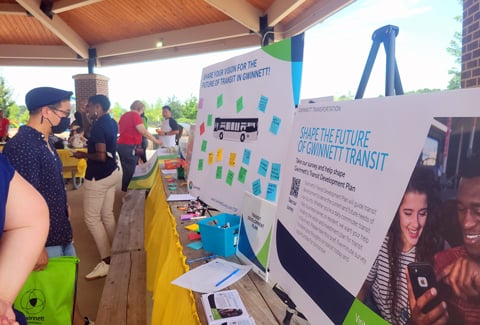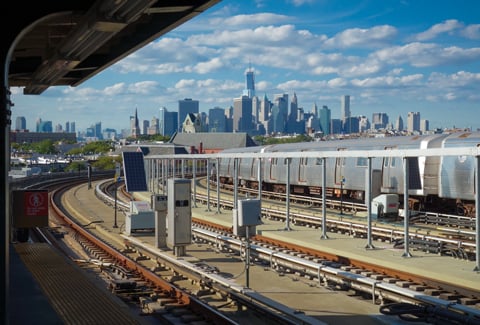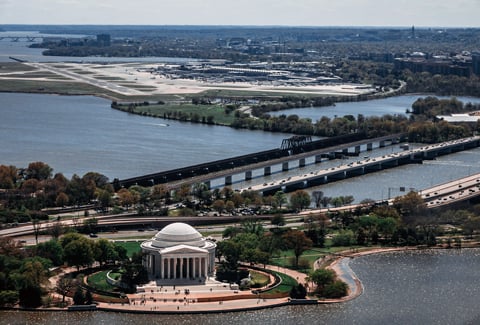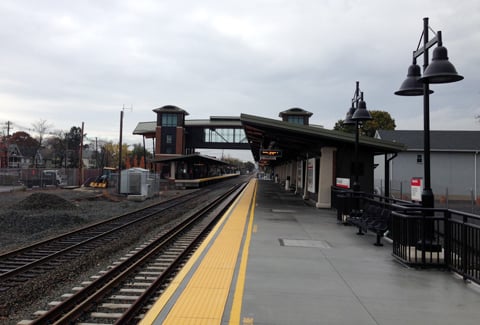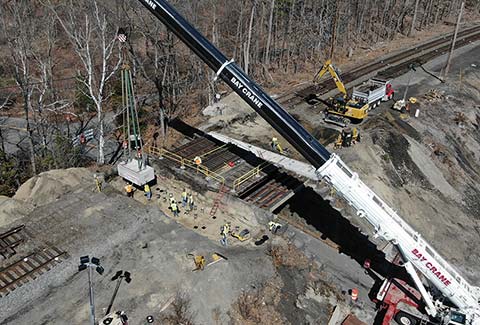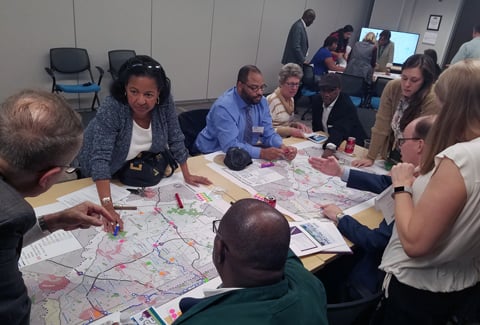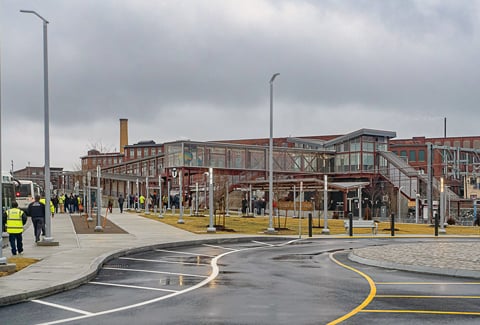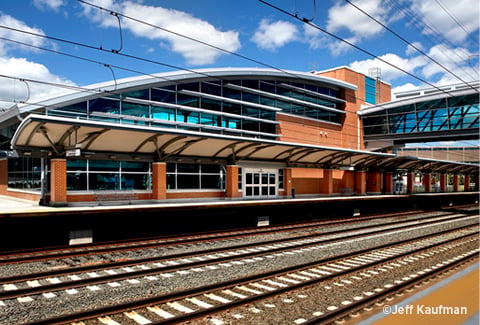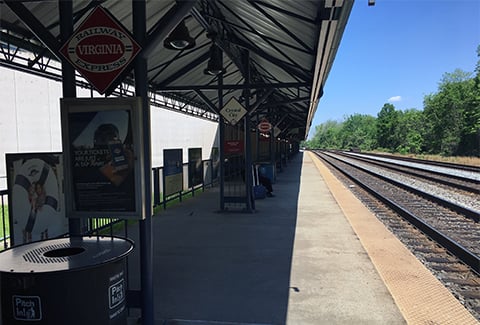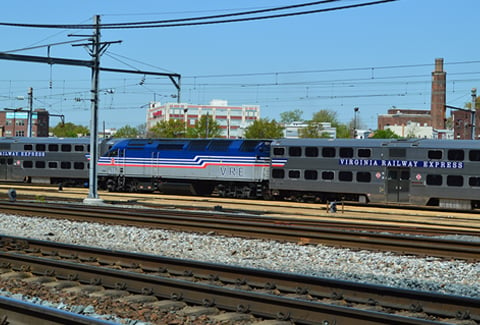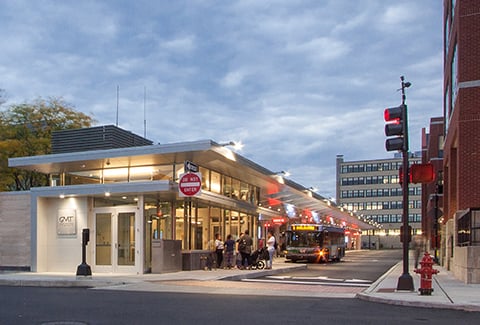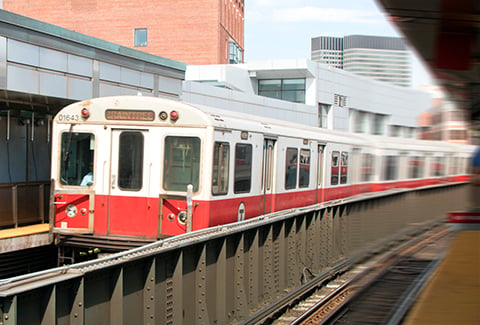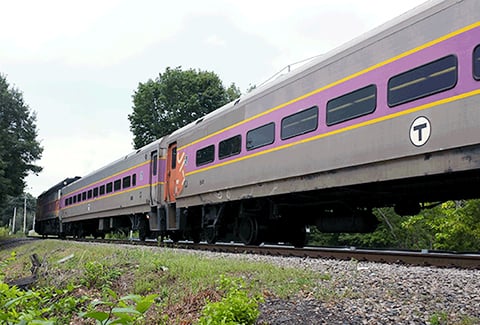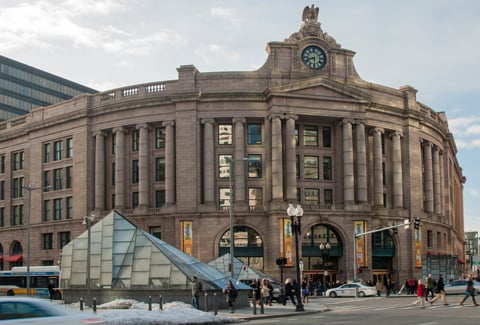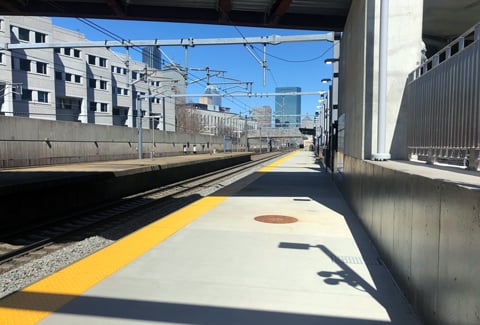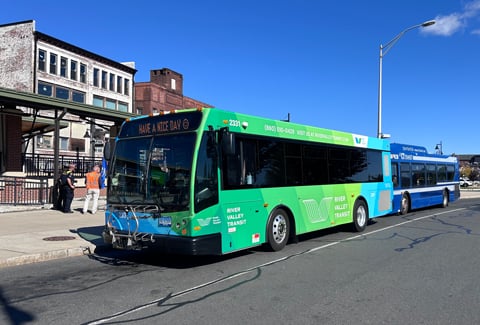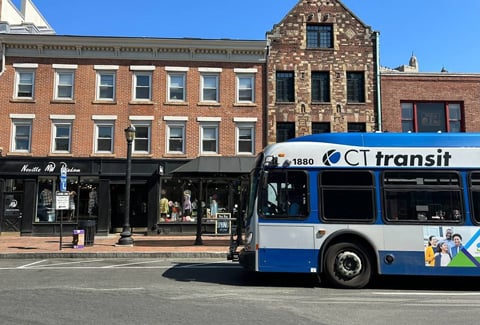Staten Island’s North Shore is rapidly growing, and so is its reputation as New York’s next “place to be.” As the densest area of Staten Island, the North Shore faces an increasing need for improved transportation mobility. MTA partnered with VHB on developing a Bus Rapid Transit (BRT) system and transitway, which will offer enhanced connectivity and transit equity to underserved communities and drive economic growth. The project primarily focuses on the adaptive reuse of a former rail line right-of-way that features at-grade, elevated viaduct, and below-grade open-cut sections.
While the North Shore project represents New York City’s first true BRT system, its coastal location requires careful consideration of resiliency, cultural resources, and ecology. The VHB team is both delivering a SEQRA-compliant Environmental Impact Statement (EIS) and developing the system’s conceptual design, including bus service plans, detailed traffic analysis/modeling, parking and pedestrian analyses, engineering, O&M and capital cost estimating, and constructability. Alongside the MTA, the team is also executing extensive stakeholder and community coordination. Prior to the EIS, the VHB team prepared a Supplemental Alternatives analysis which explored a variety of routes and modes, including Light Rail Transit (LRT).
The eight-mile-long, two-lane BRT busway will be located in dedicated lanes on city streets, in a dedicated right-of-way, and in mixed traffic with signal priority. The project will deliver more frequent and faster transit service while enabling connectivity to the St. George Terminal, a multi-modal hub that provides on-island transfers and connects Staten Island with Lower Manhattan via the Staten Island Ferry. The BRT will have two terminals, seven fixed stations, and three on-street stops served by NYCT’s electric bus fleet.

